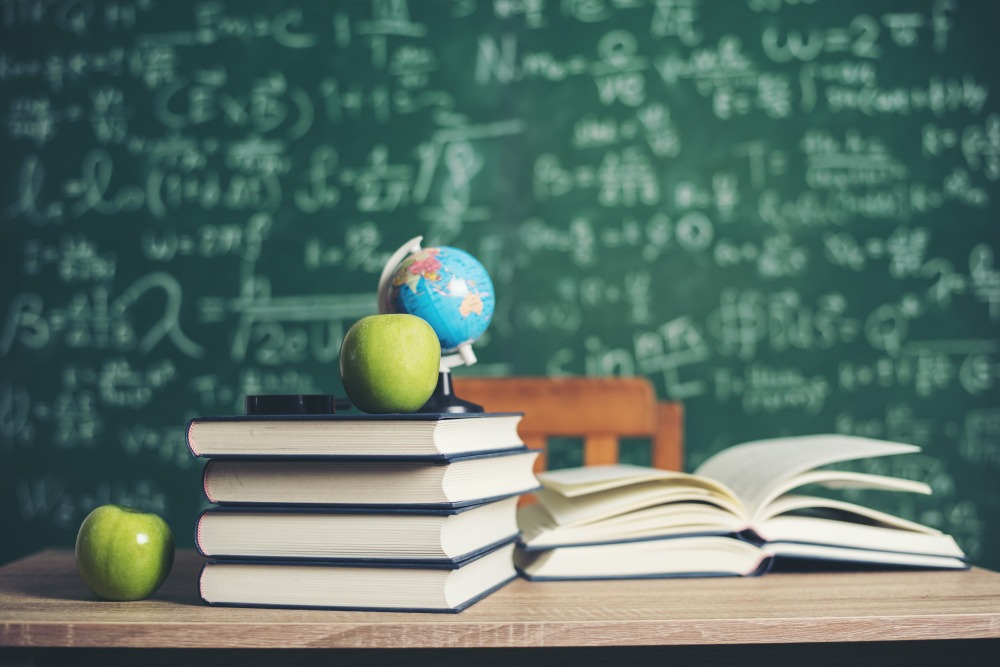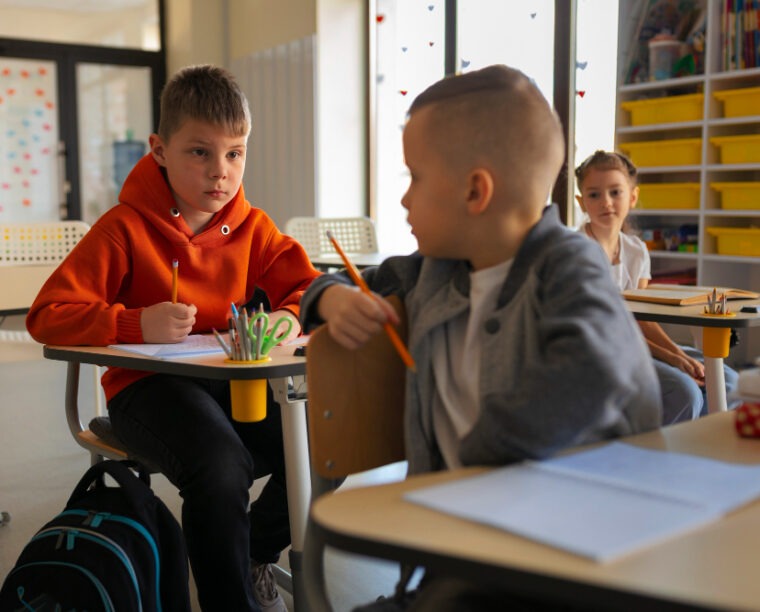
A child’s education is a long and beautiful journey that takes place not only in the classroom. Children learn from the books they read, the lessons they attend, and the tasks they complete, but also from their friends, games, clubs, and trips. When we talk about education, we often use two terms: formal and non-formal education. How do they differ, and why are both important?
What is formal education?
First, let’s define formal education. It is a structured learning process that follows state-approved programmes and is usually delivered in kindergartens, schools, and universities. Here, learning follows a clearly defined plan: subjects and topics are taught in a consistent sequence, and progress is assessed using standardised methods.
In formal education, assessment of achievements — through grades, tests, and exams — is particularly important, as it indicates how well students have mastered the material covered in the programme. However, formal education is not limited to the transfer of knowledge: it also develops social skills, learning-to-learn competencies, and a sense of responsibility for one’s own learning process.
What is non-formal education?
When asked what non-formal education is, the definition becomes somewhat broader – it encompasses all activities that take place alongside formal lessons and are not strictly defined by state-mandated programmes. These include clubs, art studios, sports training, music schools, youth clubs, volunteer projects, and even family-organised activities.
It is important to note that non-formal education is based on the child’s interests – they choose what they want to do outside the classroom. These extracurricular activities are more flexible and focus on creativity, self-expression, and communication. While formal education provides the foundations of knowledge, non-formal education allows children to explore their personal interests, develop their strengths, and deepen their understanding of what fascinates them most.
How they complement each other
Although different in nature, formal and non-formal education complement each other perfectly. Formal education offers clear structure, consistency, and state-recognised results, while non-formal education provides freedom, creativity, and opportunities to discover personal strengths and develop talents.
Imagine a child who learns the basics of mathematics in formal education classes and then applies this knowledge to create models in a robotics club. Or a student who enjoys reading literature at school and participates in theatre activities after class, which strengthen their language skills and self-confidence. In this way, formal and non-formal education merge into a whole, and the knowledge acquired at school reveals new depths of children’s abilities.
Why is it important to combine both?
Children’s development is most well-rounded when they experience both structure and freedom. Formal education provides a solid foundation—they learn to write, read, count, and understand key phenomena in the world. Non-formal education allows them to apply this knowledge in practice and to explore their hobbies and talents.
In addition, non-formal education supports emotional health and self-confidence. In sports, children learn discipline and teamwork; in art activities, they develop creativity and sensitivity; and in youth organisations, they cultivate leadership and responsibility. Such experiences are often just as valuable as the knowledge gained in the classroom.
Parents play a special role in combining different activities. They can help children find a balance between schoolwork and leisure, encourage them to try new things, and notice where their strengths lie.
Lifelong learning
The most important thing to understand is that learning does not end in the classroom or after an exam – it is a continuous process that lasts a lifetime. When considering the comprehensive development of a child, it is important to see the bigger picture and make the most of the interaction between both forms of education. Formal education opens the door to the world of knowledge, while non-formal education encourages children to open it wide and move forward along their own path, meant only for them.


